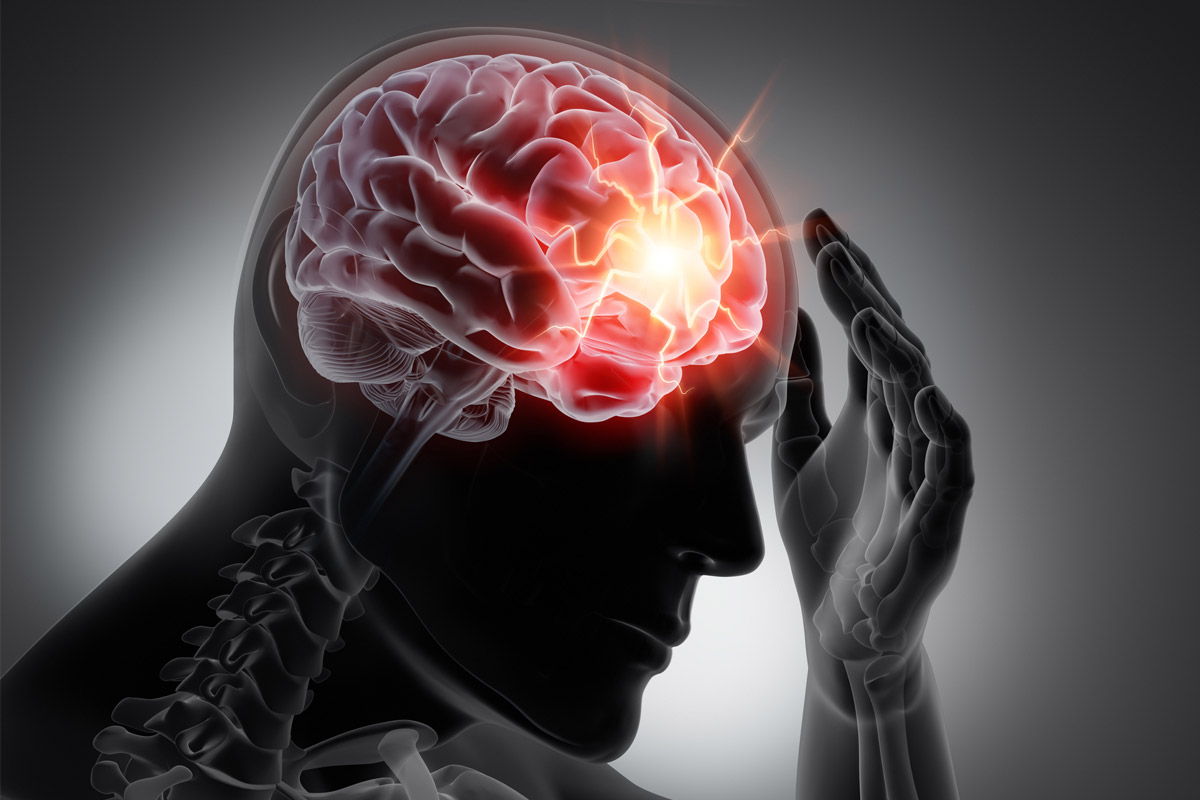

Higher mortality rates among the elderly with mild traumatic brain injury: a nationwide cohort study. 2011 Feb 17.Ĭheng PL, Lin HY, Lee YK, Hsu CY, Lee CC, Su YC. Age: Is It All in the Head? Factors Influencing Mortality in Elderly Patients With Head Injuries. Richmond R, Aldaghlas TA, Burke C, Rizzo AG, Griffen M, Pullarkat R. Using the abbreviated injury severity and Glasgow Coma Scale scores to predict 2-week mortality after traumatic brain injury. Timmons SD, Bee T, Webb S, Diaz-Arrastia RR, Hesdorffer D. Risk factors for posttraumatic vasospasm. Shahlaie K, Keachie K, Hutchins IM, Rudisill N, Madden LK, Smith KA, et al. Safety and efficacy of early thromboembolism chemoprophylaxis after intracranial hemorrhage from traumatic brain injury. 77(2):243-50.įarooqui A, Hiser B, Barnes SL, Litofsky NS. Does traumatic brain injury increase the risk for venous thromboembolism in polytrauma patients?. Valle EJ, Van Haren RM, Allen CJ, Jouria JM, Bullock MR, Schulman CI, et al. Decompressive craniectomy or medical management for refractory intracranial hypertension: an AAST-MIT propensity score analysis. Nirula R, Millar D, Greene T, McFadden M, Shah L, Scalea TM, et al. Modest cooling therapies (35✬ to 37.5✬) for traumatic brain injury. Saxena M, Andrews PJ, Cheng A, Deol K, Hammond N. Randomized controlled trials in adult traumatic brain injury. Lu J, Gary KW, Neimeier JP, Ward J, Lapane KL. Impact of positive end-expiratory pressure on cerebral injury patients with hypoxemia. High-osmolarity saline in neurocritical care: systematic review and meta-analysis. Lazaridis C, Neyens R, Bodle J, DeSantis SM. Intracranial pressure versus cerebral perfusion pressure as a marker of outcomes in severe head injury: a prospective evaluation. Karamanos E, Teixeira PG, Sivrikoz E, Varga S, Chouliaras K, Okoye O, et al. Continuous Recording and Control of Ventricular Fluid Pressure in Neurosurgical Practice. The Relationship Between INR and Development of Hemorrhage With Placement of Ventriculostomy. 30(20):1737-46.īauer DF, McGwin G Jr, Melton SM, George RL, Markert JM. Intracranial pressure monitoring in severe traumatic brain injury: results from the American College of Surgeons Trauma Quality Improvement Program. 323(8):497-502.Īlali AS, Fowler RA, Mainprize TG, Scales DC, Kiss A, de Mestral C. A randomized, double-blind study of phenytoin for the prevention of post-traumatic seizures. Temkin NR, Dikmen SS, Wilensky AJ, et al. Postintubation hemodynamic effects of intravenous lidocaine in severe traumatic brain injury. Lin CC, Yu JH, Lin CC, Li WC, Weng YM, Chen SY. Significance of arterial hyperoxia and relationship with case fatality in traumatic brain injury: a multicentre cohort study. Rincon F, Kang J, Vibbert M, Urtecho J, Athar MK, Jallo J. Relationship of serum and cerebrospinal fluid biomarkers with intracranial hypertension and cerebral hypoperfusion after severe traumatic brain injury. Diabetic patients with traumatic brain injury: insulin deficiency is associated with increased mortality. Improving the screening criteria for blunt cerebrovascular injury: the appropriate role for computed tomography angiography. 67(5):1046-50.Įmmett KP, Fabian TC, Dicocco JM, Zarzaur BL, Croce MA. Computed tomographic angiography versus conventional angiography for the diagnosis of blunt cerebrovascular injury in trauma patients. Goodwin RB, Beery PR 2nd, Dorbish RJ, et al. A new classification of head injury based on computerized tomography.

Assessment of outcome after severe brain damage. Centers for Disease Control and Prevention.

TBI-related Emergency Department Visits, Hospitalizations, and Deaths (EDHDs). Brain tissue oxygen and outcome after severe traumatic brain injury: a systematic review. Maloney-Wilensky E, Gracias V, Itkin A, et al.


 0 kommentar(er)
0 kommentar(er)
